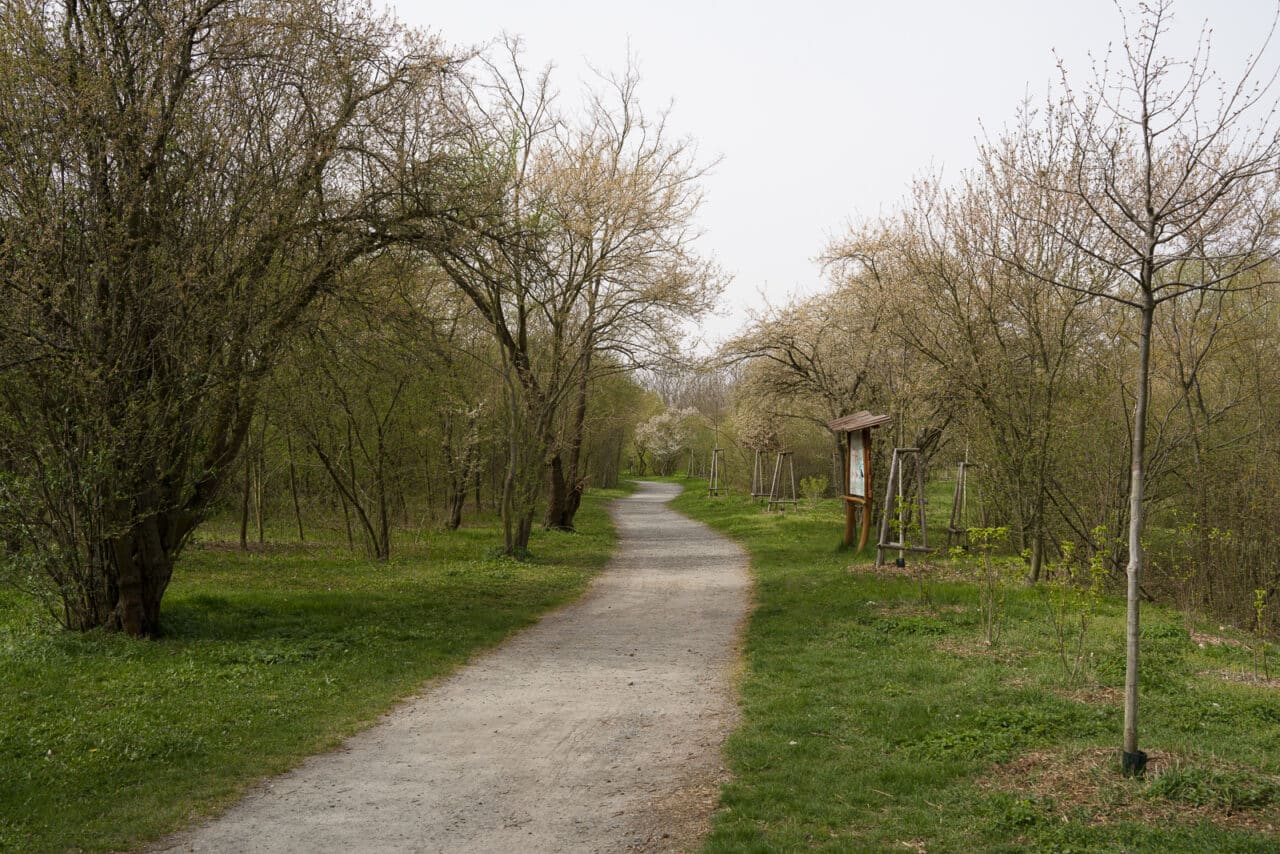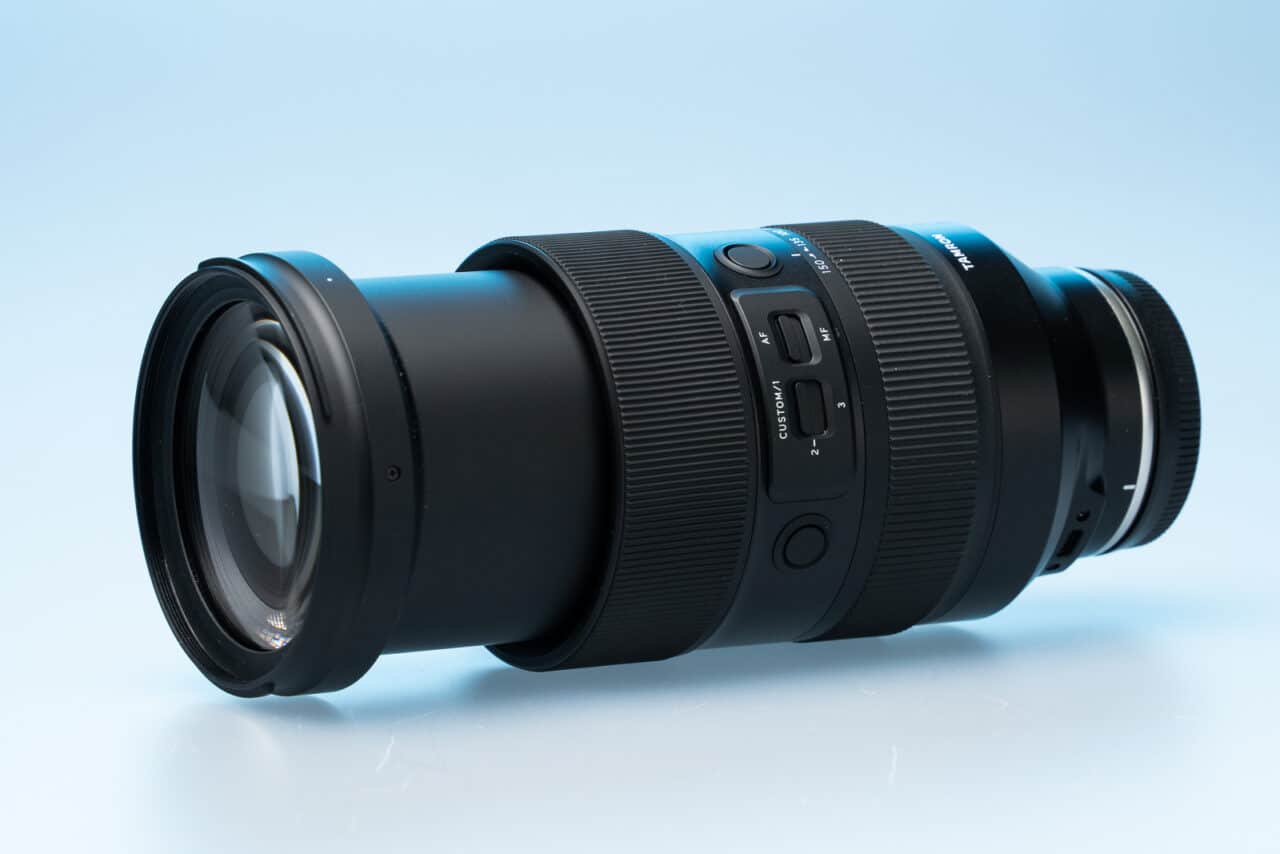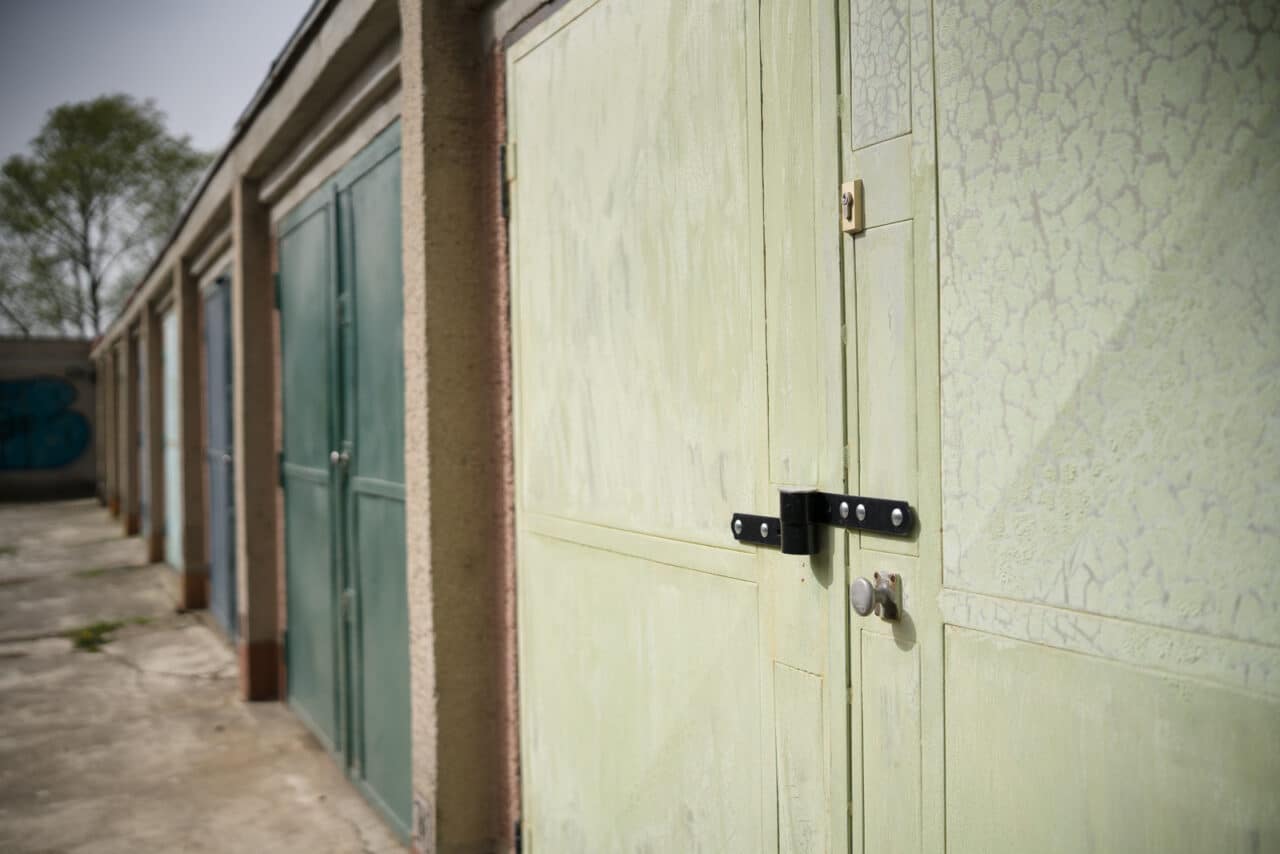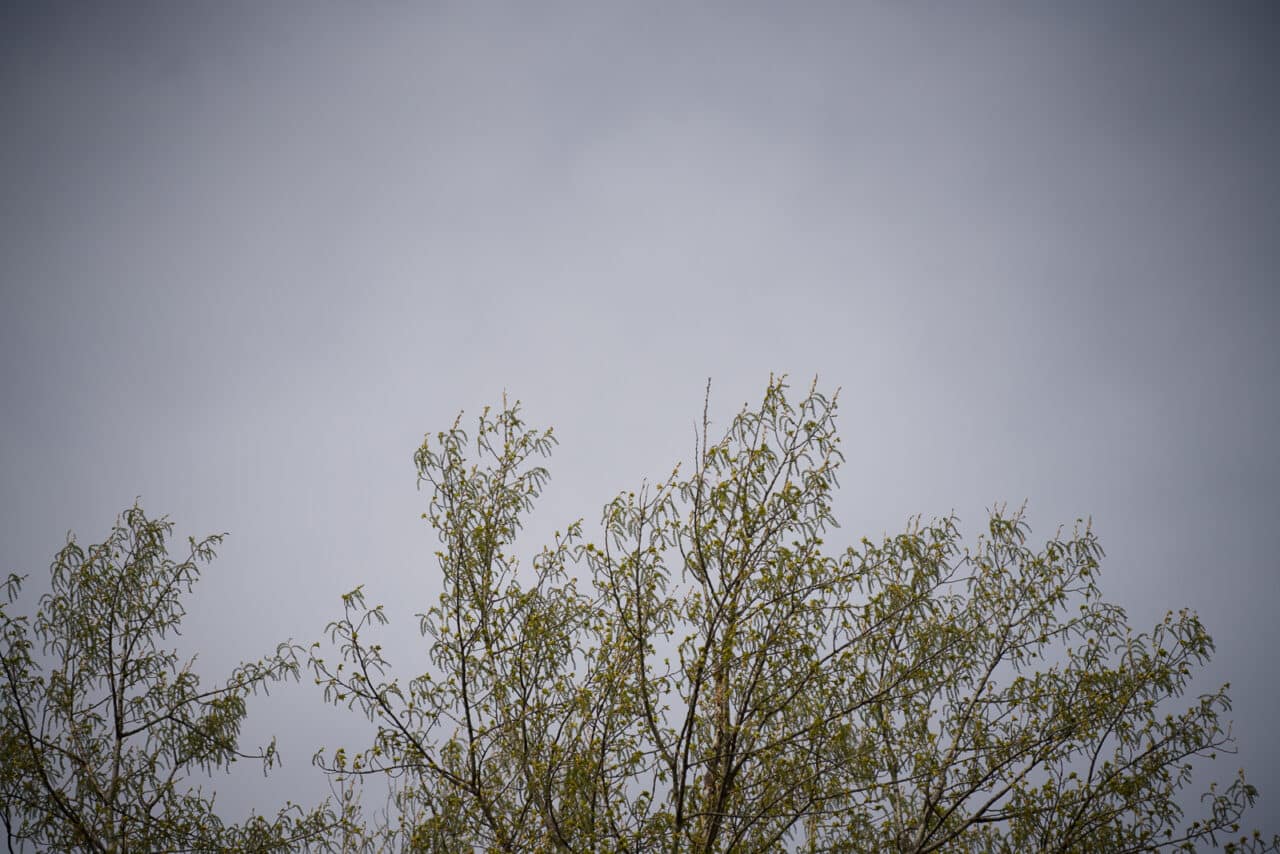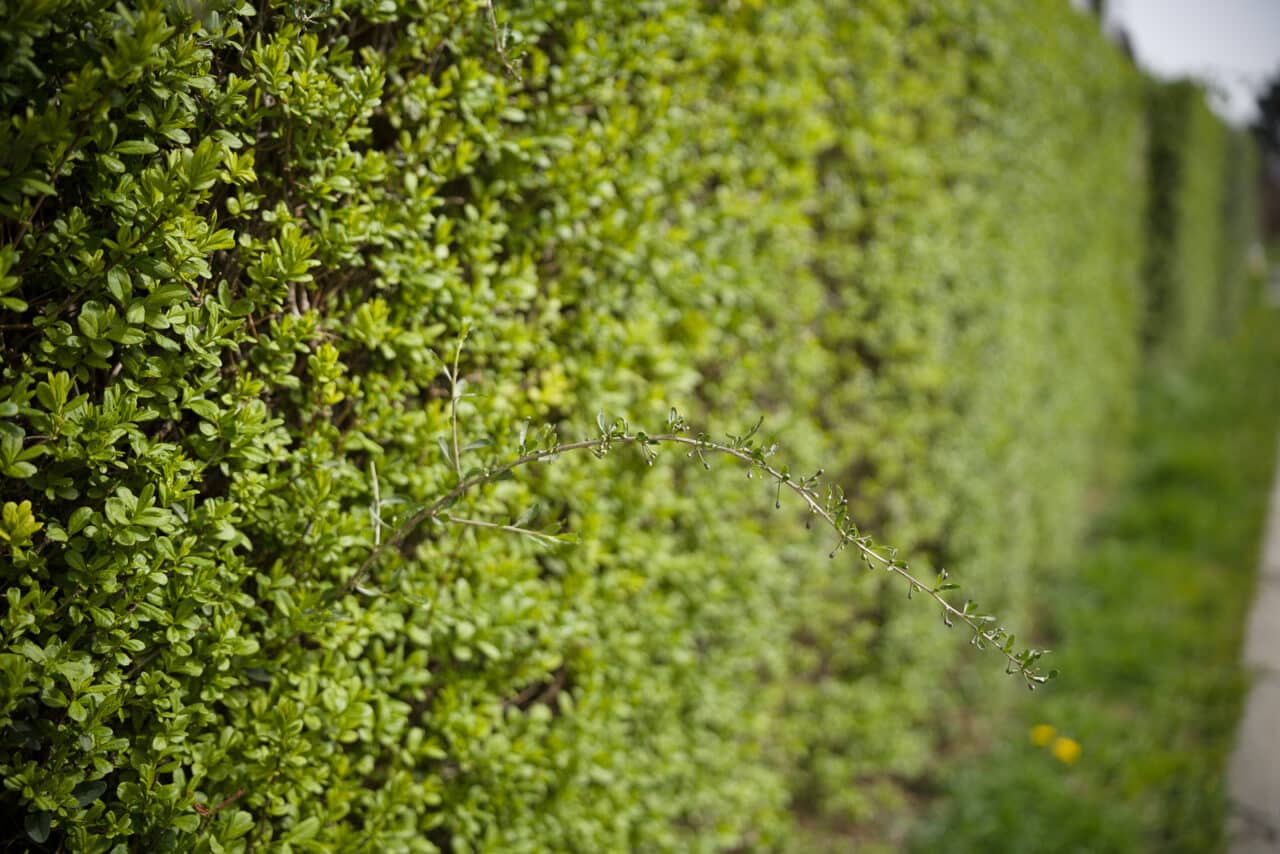Tamron 35-150/2-2.8 Review—An Extremely Universal Lens
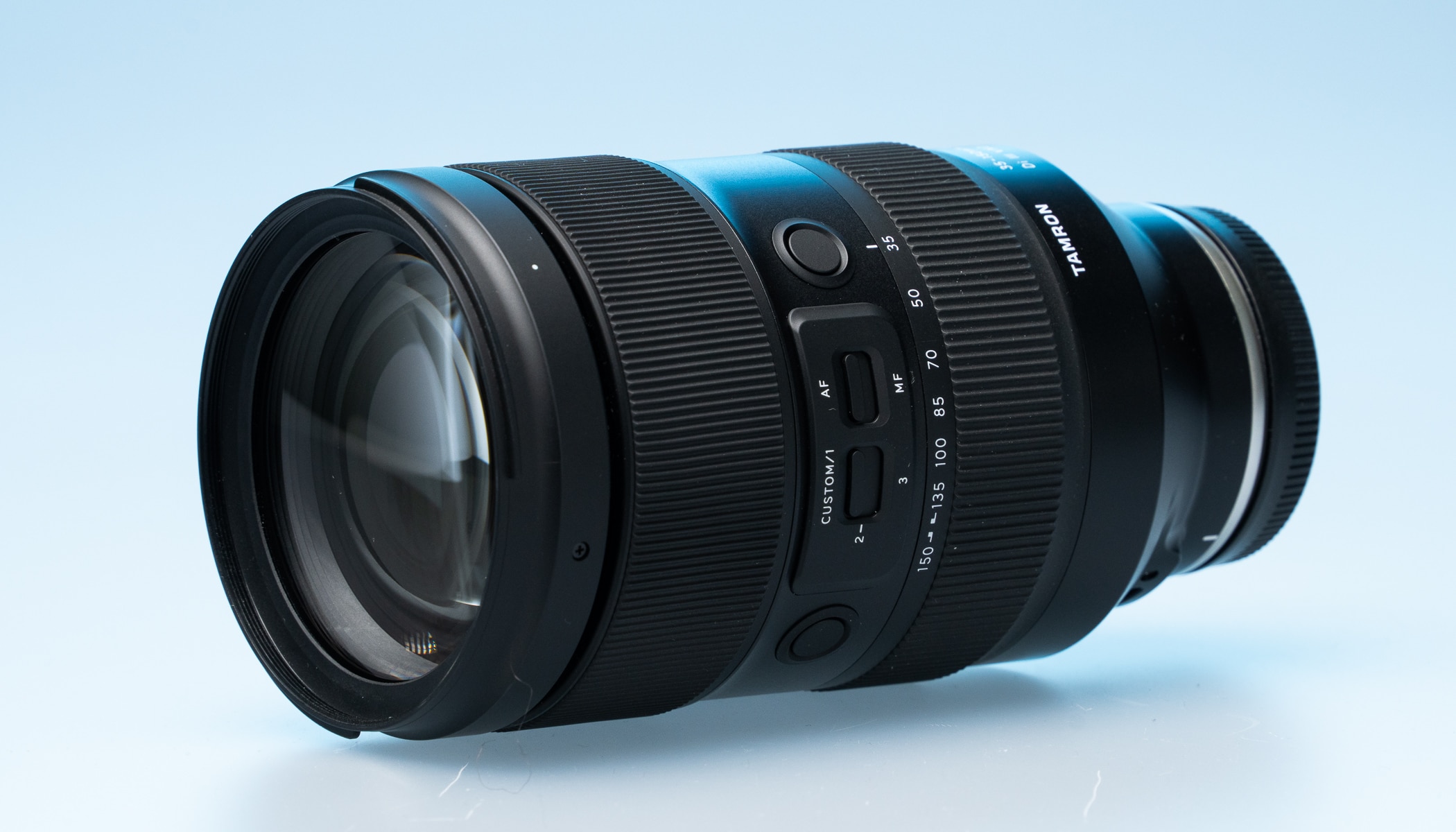
Can the Tamron 35-150/2-2.8 replace the three other lenses in my previous kit? Let’s take a look at how it stacks up against top professional glass in terms of quality and performance.
The Tamron 35-150/2-2.8 is a unique lens and one of the main reasons why I decided to sell all my Canon gear and replace it with Sony.
The Tamron lens was released at the end of 2021 and was truly revolutionary. Nothing like it was ever seen before. Even in 2024, it only has one direct competitor: The Samyang 35-150/2-2.8. This lens is not a copy of the Tamron lens. They have noticeably different lens designs according to the diagrams.
What makes the Tamron unique
A basic set of three lenses is something known as the “holy trinity” among photographers and usually includes the ultra wide-angle 16-35/2.8, standard 24-70/2.8, and 70-200/2.8 zoom lens. Sometimes this holy trinity can include lightweight f/4 lenses. You can shoot just about anything with this trio. Many professional photographers carry them for reportage or other types of photography.
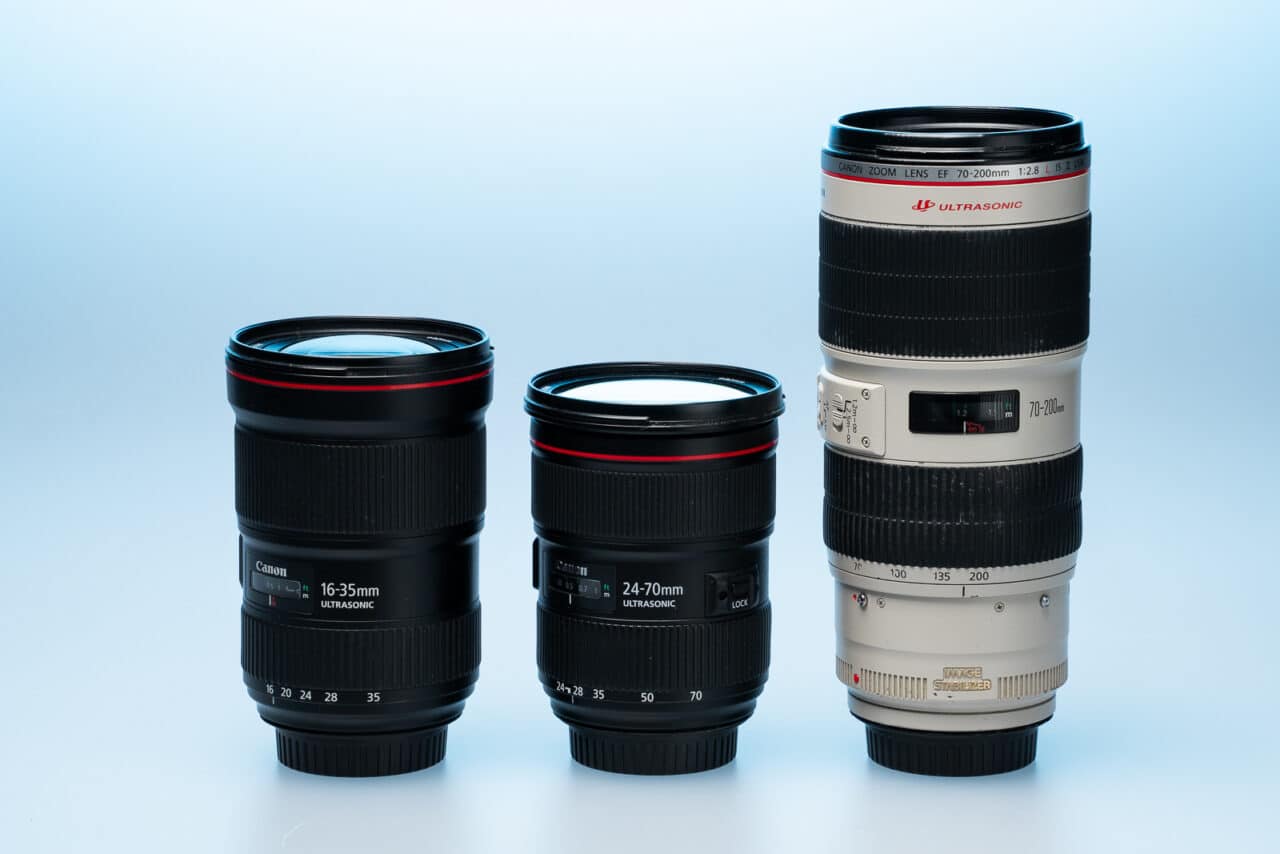
I usually bring this trio of lenses to corporate events. These types of events can be unpredictable, so it’s a good idea to have versatile lenses on hand. However, there are two problems. First, the three lenses are heavy. Second, if you are using two cameras so you don’t have to switch lenses frequently, one lens gets left out.

Sometimes, it’s good to think ahead and prepare the right pair of lenses for important moments. The Tamron 35-150/2-2.8 is a potential solution because it can replace two of the lenses, specifically the 24-70 and 70-200.
While it doesn’t cover the entire range, the difference in telephoto lenses can be compensated for with cropping or in some cases, simply moving closer. At the wider end, the frame width is considerably lacking, but the remaining ultra wide-angle 16-35 specializes in frame width and can be easily set up on a second camera body.
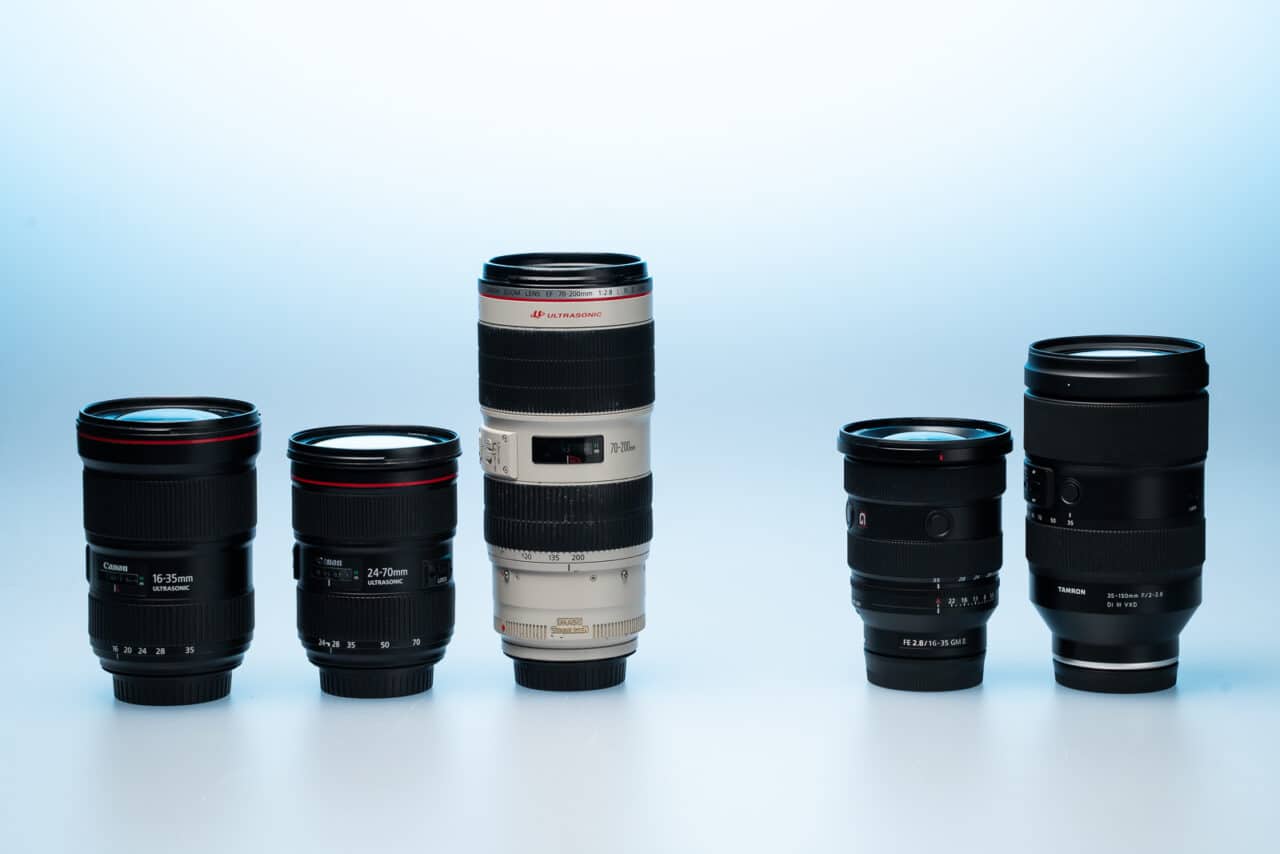
The Tamron sacrifices some of the focal length but is a faster lens at the wider end (f/2 instead of f/2.8 for conventional zoom). It can partially replace a prime 35mm lens. A 35mm with f/1.4 is my favorite lens to use for weddings. However, if something unexpected starts happening far away, reaching for a second camera with a different lens may mean missing the action. Zooming in to 150mm would make things easier.
To illustrate this difference, here’s a shot of the same scene at 35mm and 150mm. Of course, there are other lenses with a wider range of focal lengths, but they don’t have the same lens speed.
When shooting in the studio, it is sometimes difficult to decide between lenses at the 70mm cut off. For portraits of a toddler playing, you need a completely different focal length than posed family photos. This dilemma can be solved with a new lens.
Physical specifications
The Tamron 35-150/2-2.8 lens has a robust construction and looks professional. Right from the start, I must mention its biggest drawback: With a length of 158mm and weight of 1165g, it’s certainly not a small lens. For some photographers, it goes beyond what’s manageable. On the other hand, the numbers show it’s similar to or lighter than a regular 70-200/2.8 lens. So it’s not beyond what’s expected from professional lenses.
The inside is weather protected with visible rubber sealing on the bayonet. This rubber sealing is probably the reason why the zoom feels so stiff. The lens extends considerably when changing focal length, but it has to take in a lot of air in the process, which obviously isn’t easy. There is a surprisingly high amount of resistance when zooming. I’ll see if that changes with time.
The second ring is smoother and depending on the switch setting, can be used for manual focus or changing the aperture.
Focus
After more than 1000 images, the focus seems to work with no problems in a variety of lighting conditions.
Interestingly, if I focus and then change the f-number, everything stays in focus, which is great. Only if I keep focusing while zooming because I’m tracking an object, the camera gets confused and changes focus to something completely different at a significantly different distance.
This is likely an issue with the Sony A7R V. I was used to the Canon R5 where continuous focus worked even while zooming, but there were other issues.
Image quality
During my testing, I was impressed that the Tamron has tighter shots at 35mm than the other three lenses at the same focal length. I think the manufacturer ended up somewhere around 38mm for the sake of other specifications like weight and size, which was then rounded off.
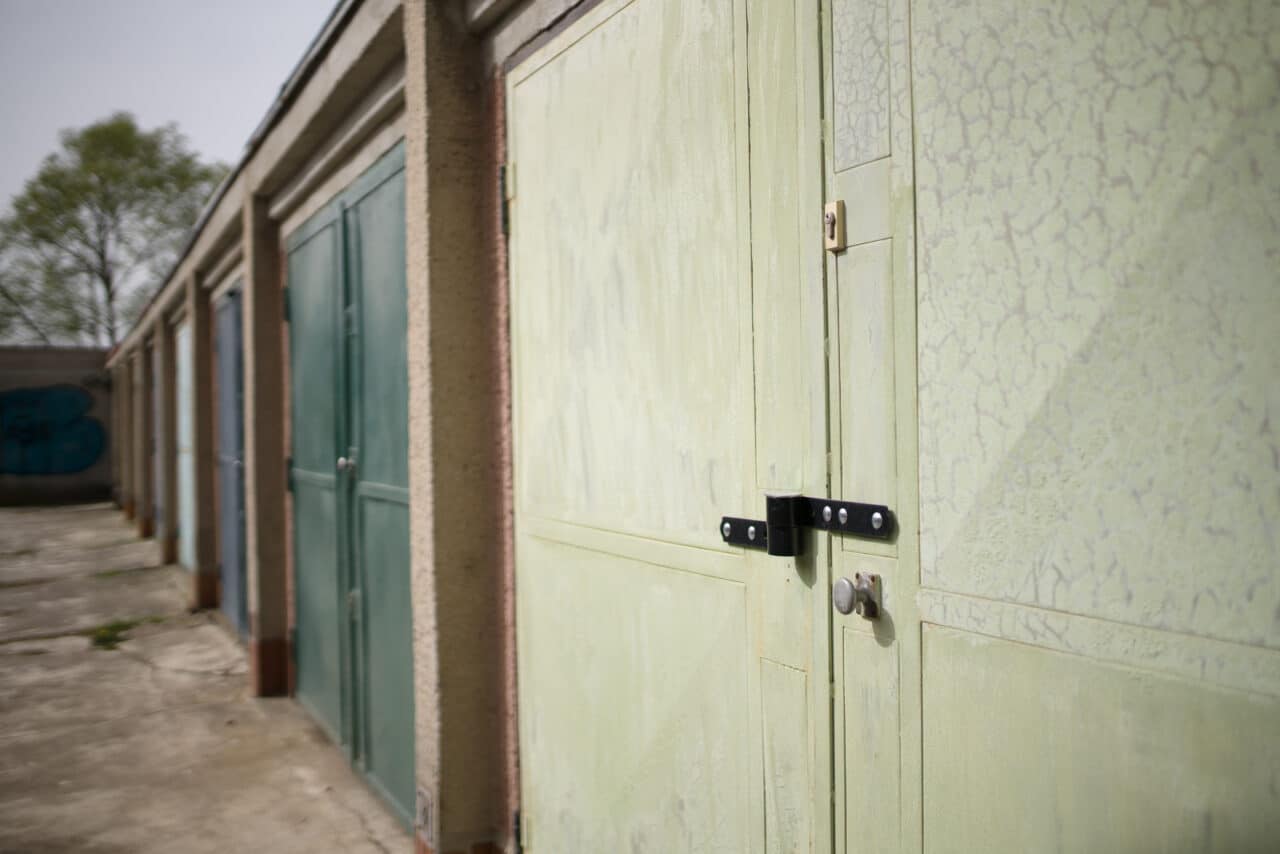
Focus is very good and there’s not much to complain about. During initial testing on a 60-megapixel Sony A7R V body, starting with the lowest f-number, the center is pin sharp and the corners are “just” good. At the widest focal length, from about f/4, both are at a high level, and at f/8, almost perfect. At a 150mm focal length, the corners never reach a similar level, but they are still decent and I don’t have to worry about them.
Unfortunately, there’s what’s known as pincushion distortion everywhere except for the widest shots. In some cases, the distortion can be noticeable, but fortunately, it’s correctable in post-processing.
There’s also noticeable vignetting at both ends of the zoom. Again, it’s correctable but it means lower image quality in terms of increased noise at the corners.
Bokeh is quite good. However, the blur caused by the 35mm prime lens at an aperture of f/1.4 is a bit too much. But with the Tamron 35-150, you can quickly zoom in to further blur the background.
In the field
It turns out that the lens is a bit heavier than average, but still manageable. I tested it in the studio and in the field and didn’t have to give it much thought.
When covering corporate events, I used a set of two lenses. I had the 35-150mm focal length lens on one camera and a 16-35mm on the other. As a result, 96% of my photos were shot on the Tamron 35-150, which is evidence of its versatility.
The remaining 4% were not exceptions, but mostly group shots of distinguished employees, which I certainly couldn’t pass up. Due to the small space, I needed focal lengths of around 20mm. Once again, a wide range of angles came in handy. However, I didn’t need to change cameras or lenses most of the time.
Final review
I bought this lens with the intention of testing it out. If it got too heavy or there were unforeseen problems, I would sell it and use the other three lenses mentioned above.
For now, it looks like the Tamron is here to stay and will become my new go-to lens for use in a wide range of situations.
